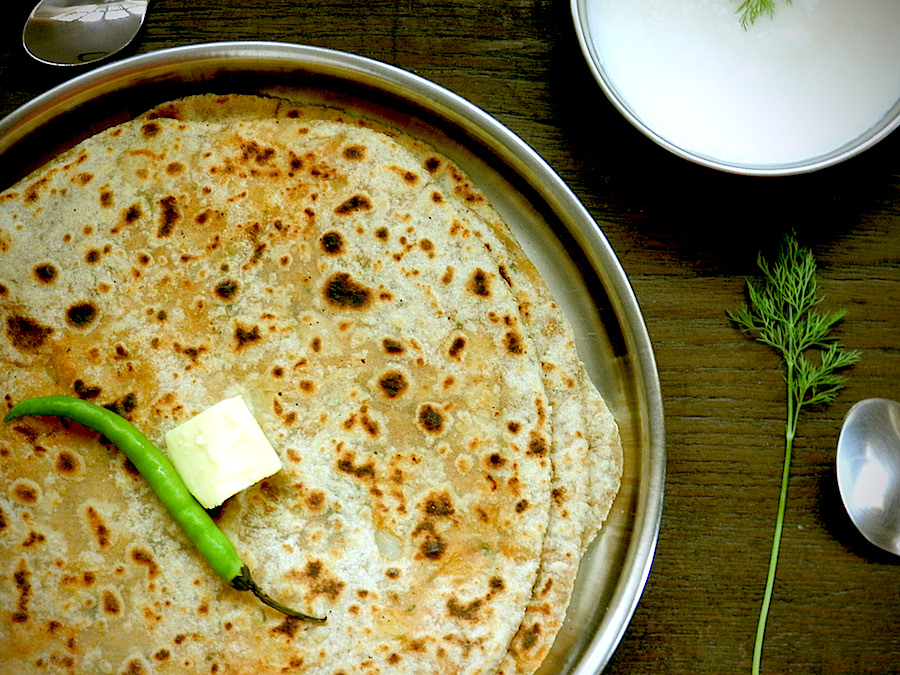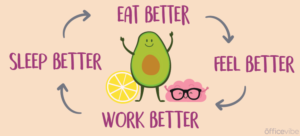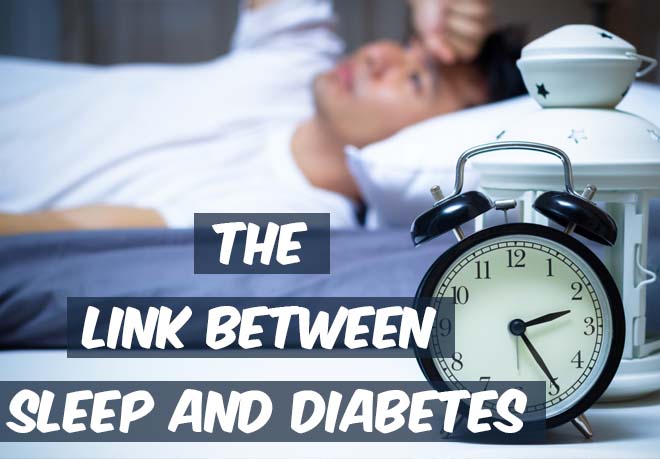
TV commercials of Oats & packaged Cereals show “smart” and “modern” looking girls playing wives who are worried about their husbands’ rising cholesterol, heart health etc. The husband’s only chance of fixing his health issues is through the wife switching from home-cooked, traditional Indian breakfast meals, to oats and cereals- Healthier, tastier and so convenient. And then there are ads of children indulging in chocolate cereals that would make them taller, stronger and sharper. Really?
As a matter of fact, there’s nothing healthier about oats or these processed cereals than the traditional, home-cooked breakfast items that you and your body have been used to for years. In fact, the converse is true: the benefits from sticking to traditional Indian breakfast foods far outweigh the touted benefits of these foreign and ‘modern’ options.
Most of the advertising of oats and processed breakfast cereals focus on three major ‘USPs’: convenience, taste and nutrition. As consumers, it is prudent to question and debunk the myths of these so-called benefits.
Myth #1: Oats & Cereals taste just as good

No way! Just because the claim is repeated frequently doesn’t make it true. Unlike the western ‘consumerist culture’ of sweet, cold cereal breakfasts, we have a tradition of hot, savory breakfast that makes us feel more satiated, thereby reducing sweet cravings through the day. Oats is an acquired taste that our Indian palate has to really get used to. Our taste buds- and our bodies- are attuned to a particular taste, and it is in our best interests to have the food that we are genetically-compliant with.
The value of locally available food cannot be overstated, as more research in the field of nutrition science continues to prove. For ages, we have espoused the ‘emotional’ benefits of mother’s cooking (or home cooked food, in general), and science also emphatically backs that up now. Let’s respect the fact that a lot of our inherent tastes are ‘all in the genes’!
Myth #2: Ready-to-eat breakfast cereals are immensely convenient
… hmm… and so are a pack of instant noodles or chips! You know what those foods generally get categorized as, don’t you: junk food. The question really is: convenience at what cost? What are we losing- in terms of quality, nutrition and taste- in the quest for ‘processed’ convenience? Unlike fresh, ghar kaa naashta, these industrialized and commercial ‘convenience ready-to-eat meals’ are loaded with preservatives, artificial colours, emulsifiers, flavouring agents.
More importantly, it is worthwhile to ask ourselves how much more inconvenient it is to freshly cook a traditional Indian breakfast than to have a processed cereal or an oats upma or oats dosa? Just reflect on the innumerable breakfast choices available in our traditional ‘menu’ that you can cook in a matter of minutes. You will realise that the convenience argument being made by marketers of modern breakfast falls flat.
Myth #3: Superior nutritional profile
Oats commercials talk about it being rich in soluble fibre that reduces cholesterol and aids weight loss. What remains unsaid is that the grains, pulses and millets that go into making our traditional breakfast are also a rich source of soluble fibre and can fulfill the same function too. Also, it is important to remember that excess fibre is not a great thing to have as it can interfere with the absorption of other important minerals like zinc, iron and calcium in the body.
 Apart from the optimum fibre content, the coming together of grains and pulses that are rich in B vitamins, minerals, amino acids along with essential fats like ghee, home butter and the ‘tadka’ of jeera, mustard etc. with immunity boosting spices like turmeric in fresh, home breakfasts makes your meal more wholesome and healthier. The better absorption and assimilation of these nutrients improves your digestion & the metabolism of your body, keeps blood sugar levels stable making you feel more energetic and lighter for the rest of the day. Though often riddled with fear & suspicion, parathas for breakfast will only make you successfully lose weight, in a sensible and sustainable manner.
Apart from the optimum fibre content, the coming together of grains and pulses that are rich in B vitamins, minerals, amino acids along with essential fats like ghee, home butter and the ‘tadka’ of jeera, mustard etc. with immunity boosting spices like turmeric in fresh, home breakfasts makes your meal more wholesome and healthier. The better absorption and assimilation of these nutrients improves your digestion & the metabolism of your body, keeps blood sugar levels stable making you feel more energetic and lighter for the rest of the day. Though often riddled with fear & suspicion, parathas for breakfast will only make you successfully lose weight, in a sensible and sustainable manner.
The importance of diversity in diet
In India, we cherish the idea of unity in diversity, the confluence of so many different cultures and languages to form the whole. Interestingly, this concept of diversity is equally important when it comes to diet and nutrition and their impact on overall health and well-being of a person.
This is because of the role played by the bacteria (which number around 100 trillion) in the gut. Modern nutrition science highlights the importance of diversity of good gut bacteria for a healthy body, which in fact thrives of the diversity of food that it is served. [There is a gut-mind connection too, as we highlighted in relation to mindful eating.]
We are blessed with an incomparable array of local dietary options that use fresh ingredients and can be cooked easily using ‘ageless’ recipes. It is high-time, we literally counted our ‘diversity’ blessings and started enjoying the immense variety that is waiting to be enjoyed.
On our part, we’ll be sharing more details on the variety of healthy traditional Indian breakfast items from across different regions of the country in the coming days. Savour these local delights and relish the prospect of “breakfast never being the same again!”
Image credit- Google images
References & other related articles-
1. Why butter or dietary fat is not the problem, packaged/ processed food is-
Where Dietary-Fat Guidelines Went Wrong- TIME Health
Butter And Cheese Not Bad For Heart Health: Study- Huffington post
2. Shift from traditional diets to Western-style diets has been a key contributor to obesity-
The Nutrition Transition- Harvard school of public health, U.S.A
3. Why local food system is critical-
Food security and nutrition and sustainable agriculture- The United Nations
4. Follow food based guidelines, NOT nutrient based-
Food based dietary guidelines- World Health Organization
5. Globalization leads to the erosion of the food cultures & food biodiversity, which results from food industry’s demand for standardized and uniform food products to consumers & are responsible for obesity & non communicable diseases-
Indigenous Peoples’ food systems & well-being- Harriet V. Kuhnlein, UNFAO










 In my practice, I have seen people switch to monk-like austerity and staying away from food that they like out of fear, after being diagnosed with diabetes. Such fear is unwarranted and in fact, tends to cause more problems. Instead, nutritional strategy for diabetes should be based on the following-
In my practice, I have seen people switch to monk-like austerity and staying away from food that they like out of fear, after being diagnosed with diabetes. Such fear is unwarranted and in fact, tends to cause more problems. Instead, nutritional strategy for diabetes should be based on the following-

